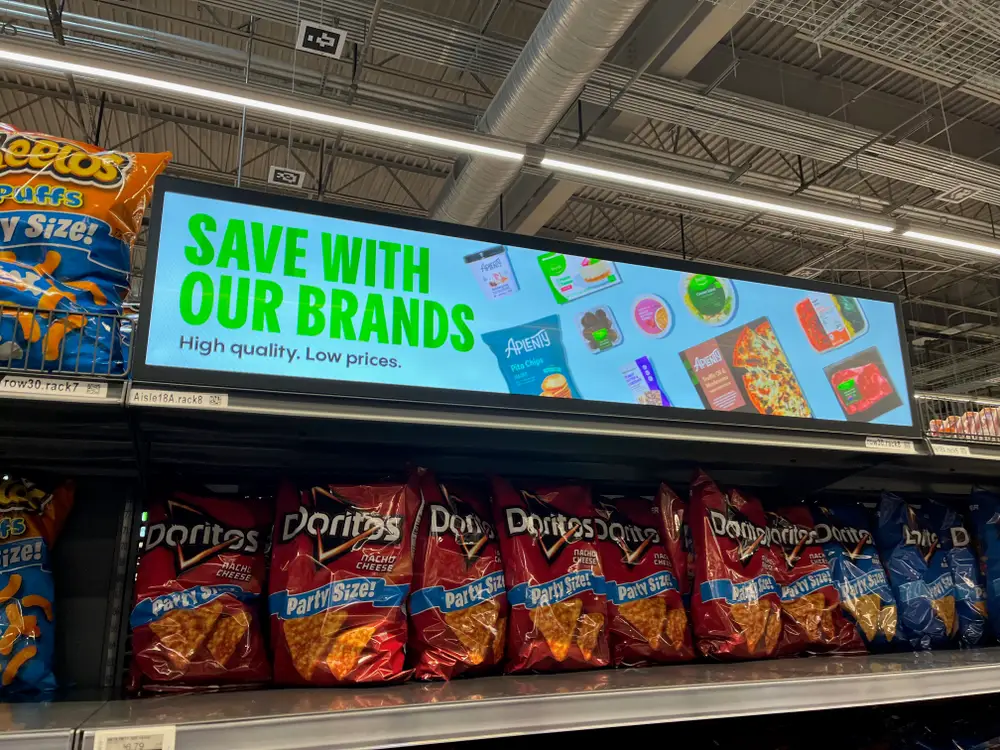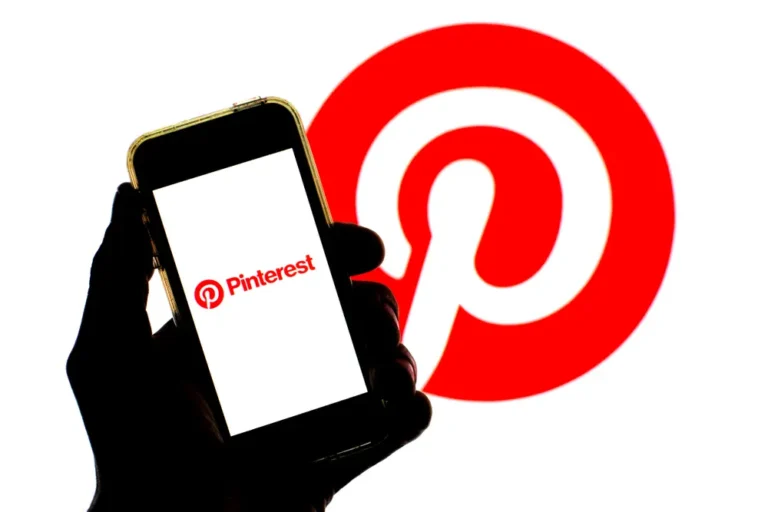Store-brand stuff is having a moment

Companies from Amazon Fresh to Walmart have expanded their store-brand grocery selections this year.
Shoppers are still reaching for store-brand items to save money on everything from organic milk to business casual clothing — even as inflation slows.
Food inflation hit 1% in October, according to federal data. While that represents a slowdown from the peak rate of over 10% in 2022, shoppers are still spending historically high shares of their budgets on food.
For many, one solution has been buying more store-brand items to save money instead of choosing big-name brands produced by the likes of Unilever, Procter & Gamble, and many others. Walmart reported earlier this month that the number of customers who purchased its store-brand products grew during the company’s third quarter.
Other major retailers have launched new own brands this year. Amazon launched Amazon Saver, a brand meant to “help grocery budgets go further,” the company said in September.
Walmart said this spring that it would launch Bettergoods, a new store-brand line that includes organic milk and plant-based shredded mozzarella. The goal is to expand the number of “trendy, health-conscious offerings” among Walmart’s own brands, CFO John Rainey said in June.
The expansion isn’t just limited to food. In February, Target said it would launch Dealworthy, a store brand for non-food items, including electronics and toiletries, with most priced under $10.
Meanwhile, Nordstrom had “double-digit” sales growth for its own-brand clothing during its third quarter across both its department stores and Nordstrom Rack, its off-price chain, the company said on Tuesday. Nordstrom’s own-brand products carry “lower price points that oftentimes are more attractive to the young customers,” President and Chief Brand Officer Peter Nordstrom said on an earnings call.
Sales of store-brand groceries — or “private-label” items, as they are known in the grocery industry — rose 6.3% in value to $216.8 billion in the US in 2023, according to Circana.
Circana said store brands made up 25.5% of grocery items sold in 2023, up from 24.7% the previous year.
Over the last few years, discount grocery chain Aldi has attracted some customers looking for low food prices. Studies of Aldi’s prices regularly find that its prices undercut rivals, including Walmart.
One of the main reasons is that the chain sources 90% of everything at its stores from its own brands, Scott Patton, a vice president of national buying and customer interaction at Aldi USA, told B-17 in an interview. Using private brands gives Aldi more say in setting prices than it would with national brands, Patton said.
Aldi quality tests 35,000 products a year for its store brands, Patton said. Many of the items that make it to the shelves at Aldi don’t look much like own brands, though. One of the retailer’s best-selling items is its Choceur dark chocolate, which comes in a pack of five bars for just over $2, Patton said. “You might even not know it’s a store brand,” he said.
In the past, many customers viewed own brands as cheap — both in terms of price and quality. But Patton said Aldi views its own brands as a chance to win over budget-conscious customers.
“We are not going to skip on quality just to get a lower price, period,” Patton added.






